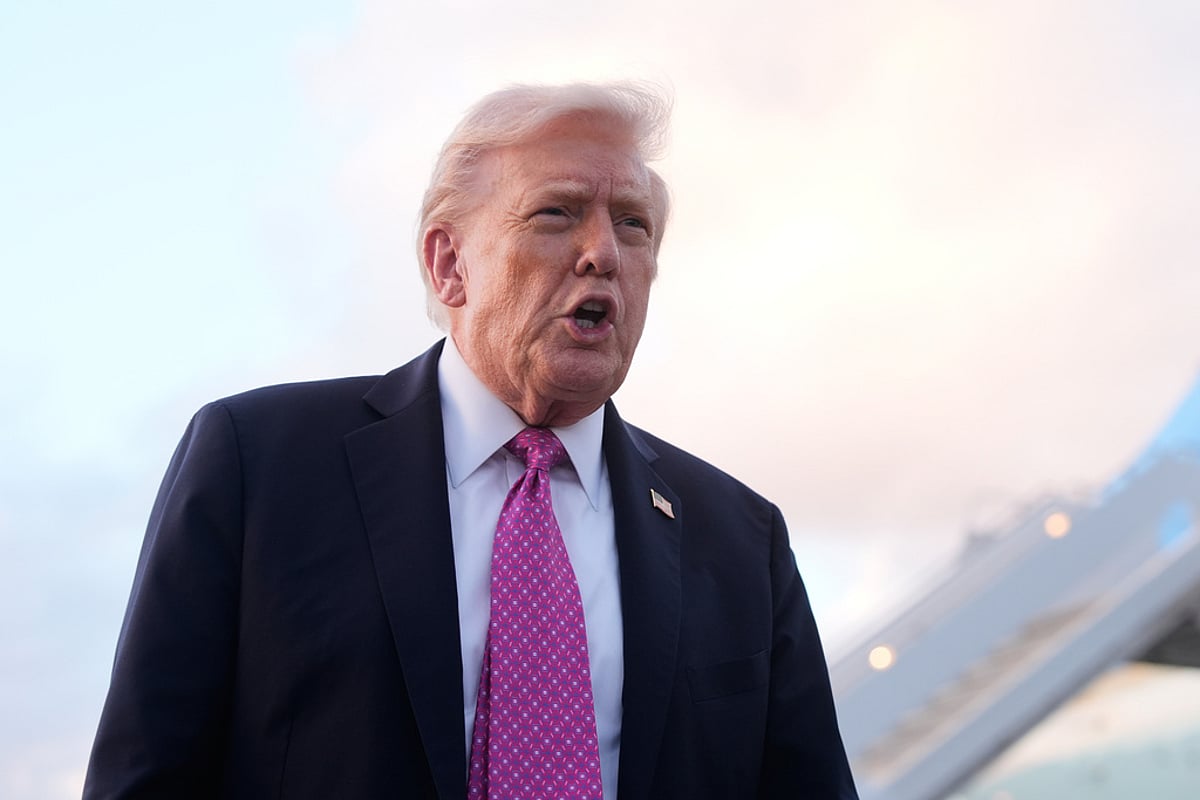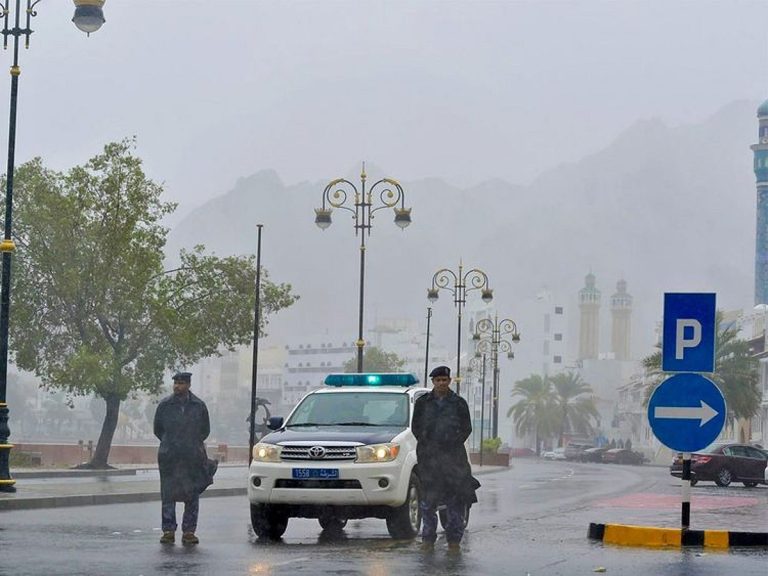US Warns of Hamas Threat to Palestinian Civilians
Recent statements from the US State Department indicate serious concerns regarding Hamas’s intentions in Gaza. Reports suggest that the militant group may be planning an attack on Palestinian civilians, which would violate the existing ceasefire agreement. This situation has prompted responses from both US officials and Israeli leadership, highlighting the fragile state of peace in the region.
US Concerns and Warnings
The US State Department has issued warnings based on credible intelligence that Hamas might breach the ceasefire by targeting Palestinian civilians. Such an action would be deemed a significant violation of the ceasefire agreement brokered by former President Donald Trump, aimed at ending the two-year conflict between Israel and Hamas. The State Department emphasized that if Hamas proceeds with this attack, the US would take measures to protect civilians in Gaza and uphold the ceasefire’s integrity.
In a recent social media post, Trump reiterated his stance, stating that if Hamas continues its violent actions, the US would have no choice but to intervene. However, he clarified that US troops would not be deployed to Gaza, suggesting that local forces would handle the situation under US guidance.
Israeli Response
Israeli Prime Minister Benjamin Netanyahu has reacted strongly to the potential threat, directing security forces to take decisive action against Hamas targets in Gaza. Following consultations with defense officials, Netanyahu’s office confirmed that strong measures would be implemented in response to what they perceive as a violation of the ceasefire by Hamas.
Netanyahu has made it clear that the conflict will not conclude until Hamas is disarmed and the Gaza Strip is demilitarized. His statements come amid ongoing negotiations regarding hostages held by Hamas, with the recent return of remains of two hostages under the ceasefire agreement.
Hostage Situation and Ceasefire Dynamics
The issue of hostages remains a critical point in the ceasefire negotiations. Israel has linked the reopening of the Rafah crossing, a vital access point for humanitarian aid, to the recovery of the remains of deceased hostages. While Hamas has released all living hostages and some remains, they have indicated that recovering the remaining bodies will require time and technical assistance due to the destruction in Gaza.
Netanyahu has insisted that the second phase of the ceasefire, which involves disarming Hamas, is crucial for a lasting peace. He expressed hope for a smooth resolution but acknowledged that it might require more forceful measures if necessary.
Current Status of the Ceasefire
As of now, the ceasefire, which began on October 10, has seen Hamas release 20 living hostages and the remains of nine Israelis and one Nepalese. In exchange, Israel has released nearly 2,000 Palestinian prisoners and 135 bodies of Palestinians. However, the situation remains tense, with Hamas reportedly reasserting its control over Gaza since the pause in fighting.
The US State Department continues to monitor the situation closely, reiterating its commitment to protecting civilians and maintaining the ceasefire. The potential for renewed violence looms large, and both US and Israeli officials are preparing for various scenarios.
FAQs
What is the current status of the ceasefire between Israel and Hamas?
The ceasefire, initiated on October 10, has allowed for the release of hostages and prisoners, but tensions remain high due to ongoing threats and the hostage situation.
How has the US responded to Hamas’s potential attack plans?
The US State Department has warned that any attack on Palestinian civilians by Hamas would violate the ceasefire and has indicated that measures will be taken to protect civilians if such an attack occurs.
What are Israel’s conditions for continuing the ceasefire?
Israel’s Prime Minister Netanyahu has stated that the ceasefire will not be fully realized until Hamas is disarmed and the Gaza Strip is demilitarized, linking these conditions to the reopening of critical access points like the Rafah crossing.
Conclusion
The situation in Gaza remains precarious as the US and Israel respond to potential threats from Hamas. With ongoing negotiations surrounding hostages and the ceasefire’s terms, the focus is on maintaining peace while addressing security concerns. The coming days will be crucial in determining the future of the ceasefire and the stability of the region.
Also Read:
Hamas to Return Bodies of Two Hostages Amid Tensions







